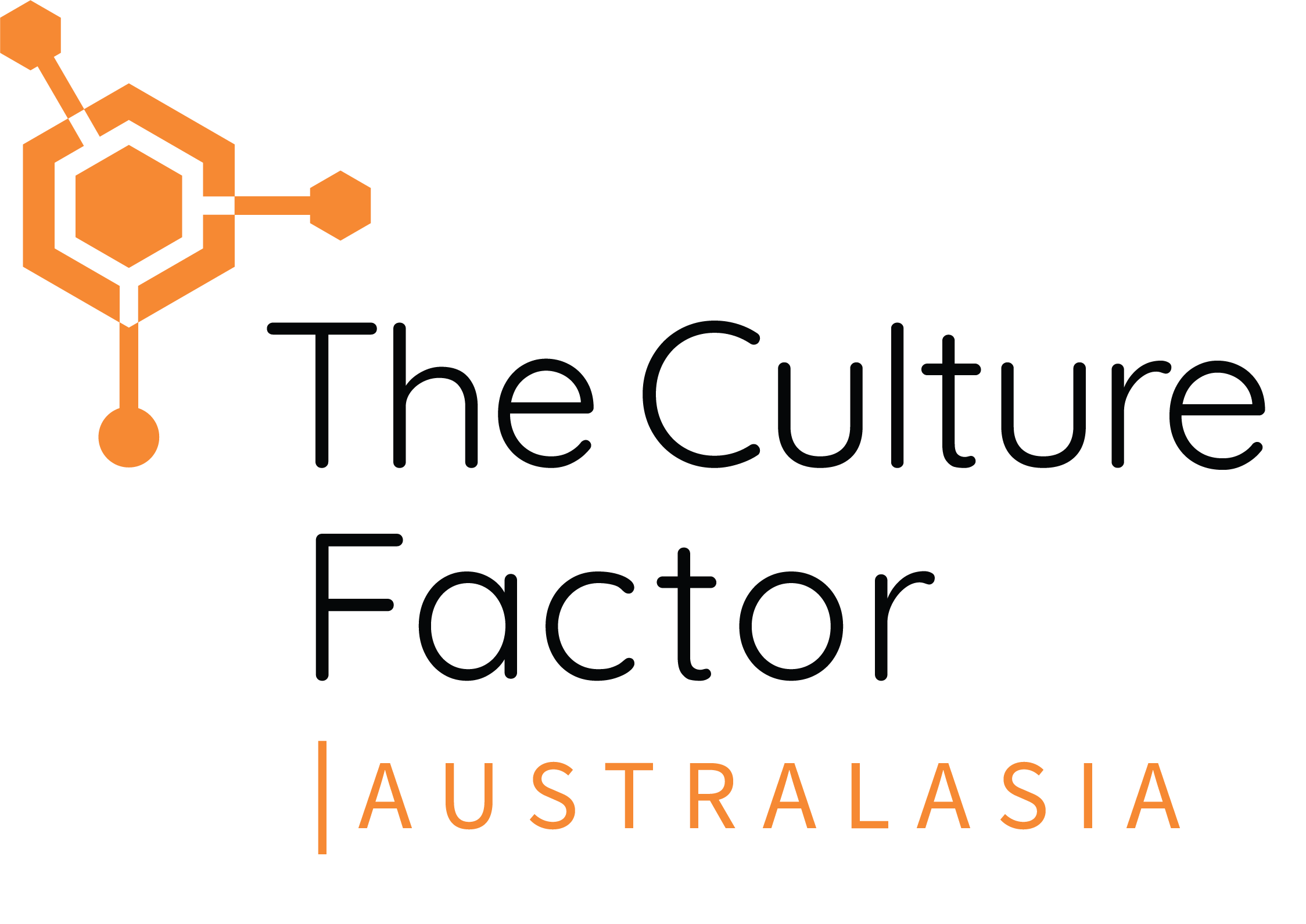Frequently asked Questions
If this list doesn't cover your questions - feel free to get in touch or schedule a complimentary introductory call.
1. What is Culture Risk Intelligence?
Culture Risk Intelligence functions like an organisational MRI. We help Boards and Executives define the optimal culture required to enable strategy — then scan across the enterprise, and within subcultures, to detect hidden misalignments and early signs of cultural drift.
Critically, we also assess leadership alignment. Our Executive Match 360 tool helps leaders understand where their behaviours diverge from the cultural settings required for execution — activating the most powerful lever for cultural shift.
From there, leaders can select targeted, evidence-based actions to reduce risk, shift behaviours, and align culture with strategic goals.
2. Why is managing subcultures so important in large organisations?
In complex organisations, culture isn’t singular — it fragments across business units, geographies, and leadership tiers. Subcultures often evolve with their own norms and behaviours, some aligned to strategy, others unintentionally pulling in different directions.
Our solution is designed to manage this complexity. It enables Boards and Executives to not only detect where subcultures are misaligned, but to tailor cultural shift pathways for each, while maintaining alignment with the enterprise-wide strategic culture. This ensures both coherence at the centre and traction at the edges.
3. How does this work in practice — and how long does it take?
We begin by defining the optimal culture needed to enable your strategy. We then measure actual culture across the enterprise and within subcultures, producing a data-backed view of alignment, gaps, and pressure points.
Our methodology is modular. You can start with a leadership team, critical business unit, or transformation program. Meaningful insights are typically delivered in weeks — not months.
4. How is this different from engagement surveys or traditional dashboards?
Engagement tools track sentiment and opinion. We measure culture and alignment. Most surveys average out cultural experience, obscuring where behavioural risks or leadership gaps actually live.
Culture Risk Intelligence delivers governance-grade insight into how culture is experienced, where subcultures diverge, and how leadership behaviour supports or undermines strategy. It’s not a snapshot — it’s a system view.
5. Can we pilot this before scaling across the business?
Yes — and many organisations choose to. We regularly run focused diagnostics with executive teams, post-M&A environments, or transformation programs. These provide fast insight and help build momentum internally. Our Executive 360 also allows for targeted behavioural alignment at the most influential levels.
6. What risks are we exposed to if we don’t assess your culture risk intelligence capability?
Most organisations assume they have a handle on culture — until it’s too late. Without a clear view of how well your leadership, systems, and insights are aligned to detect and govern cultural risk, you’re relying on instinct, not intelligence.
Failing to assess your culture risk intelligence capability means you may be:
- Blind to early indicators of misalignment or drift
- Overlooking key subcultures that undermine cohesion
- Missing gaps in leadership modelling and accountability
- Operating without a mechanism to link culture to strategy execution
In a governance environment where regulators, investors, and stakeholders are raising expectations, not knowing is itself a risk. Assessing your culture risk intelligence capability is the first step in closing that gap — and bringing culture into the realm of strategic oversight.

Sign-up to our newsletter.
In our newsletter we publish special course and tool offers, insights and new research in the fields of organisational culture and intercultural management, and its practical application for businesses.
Thank you for subscribing!
Have a great day!